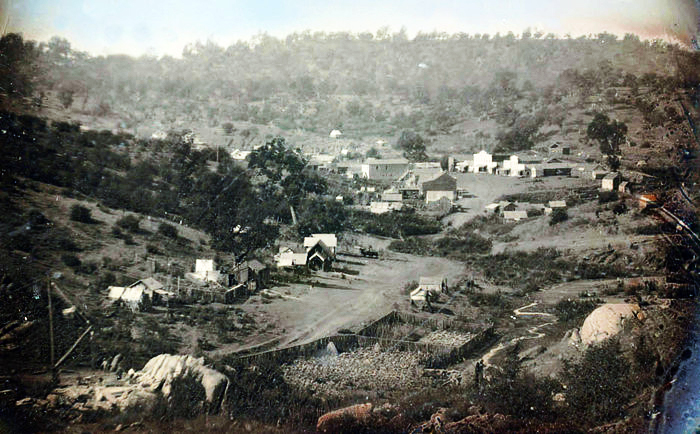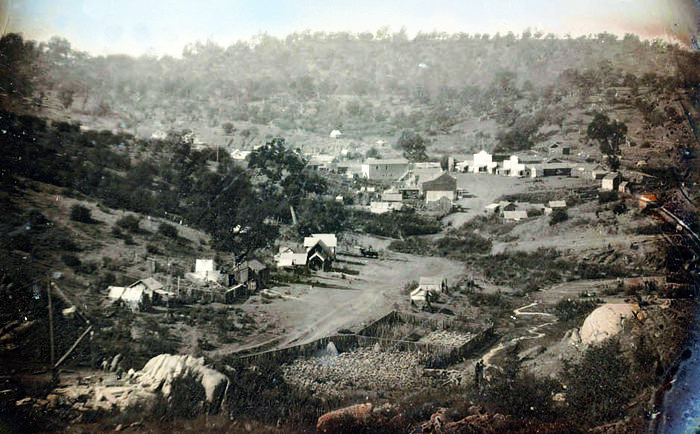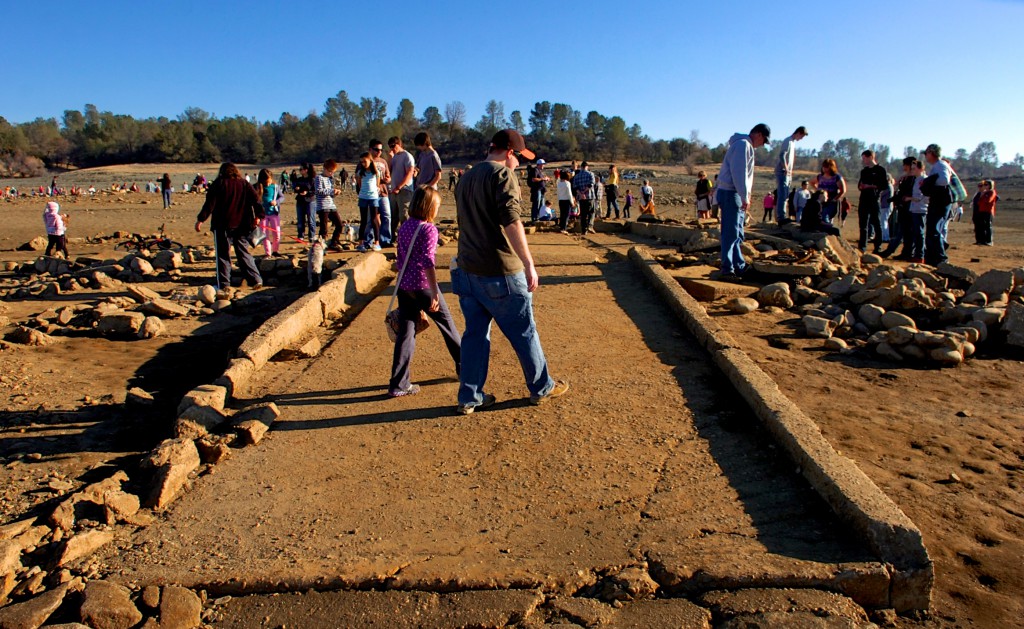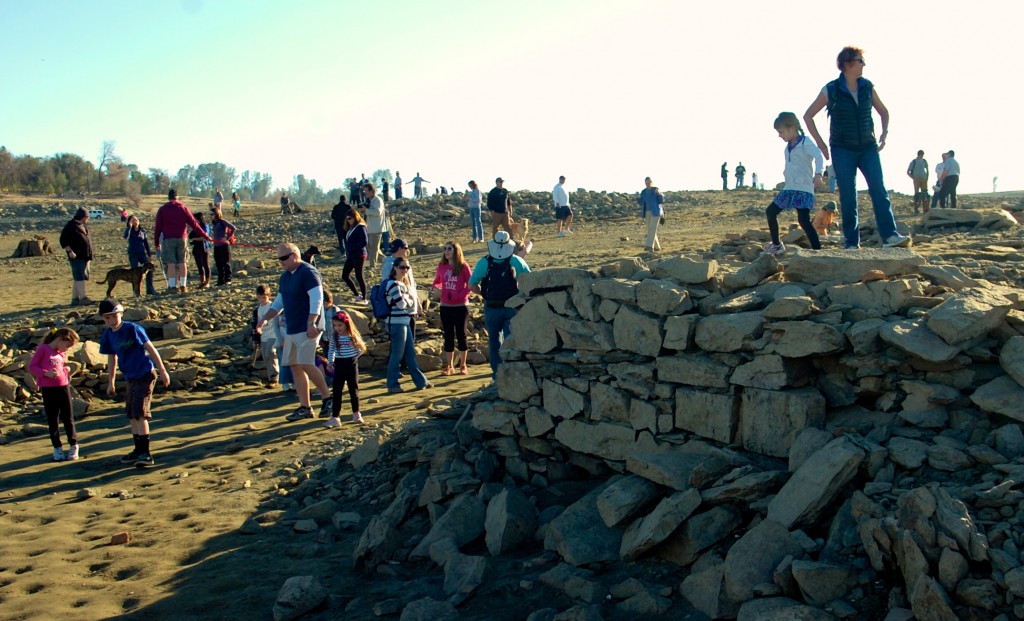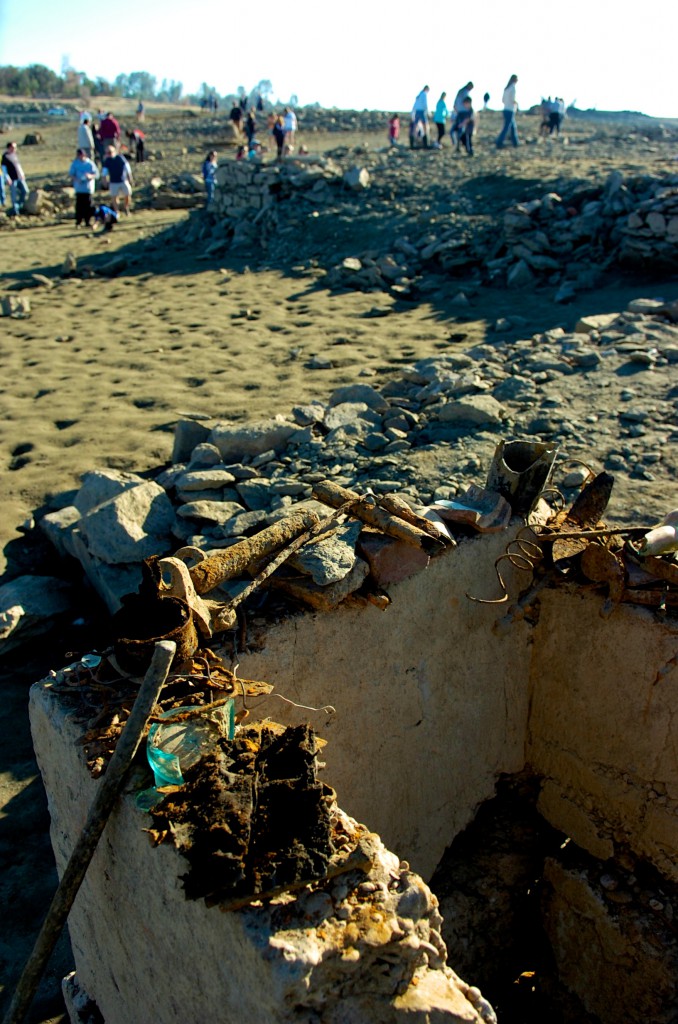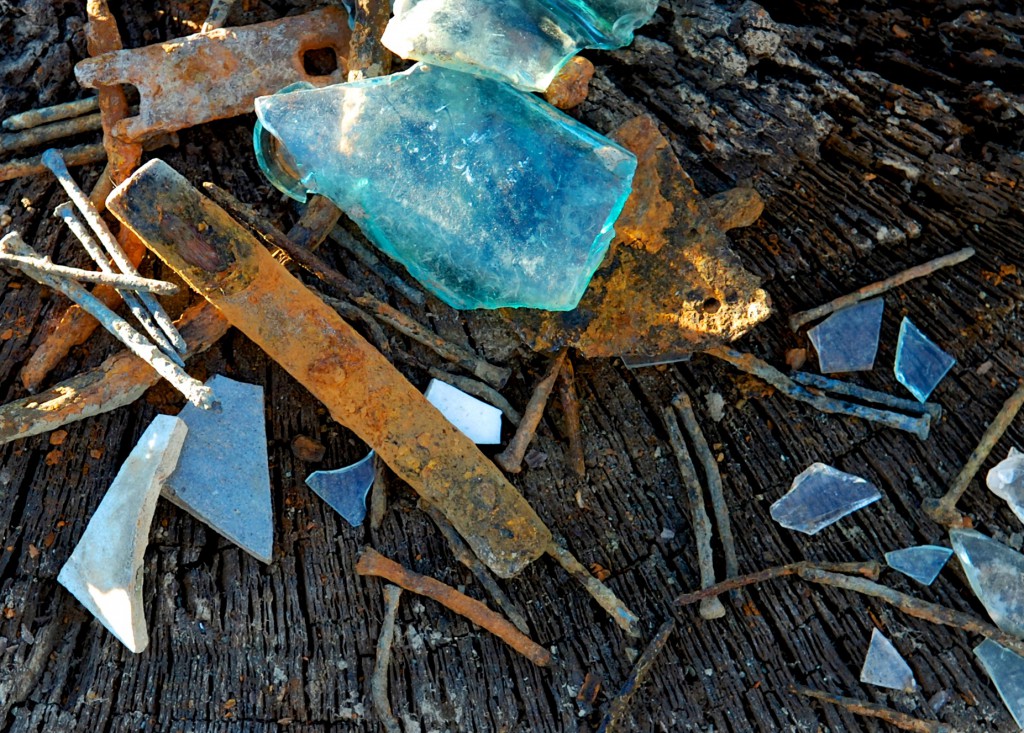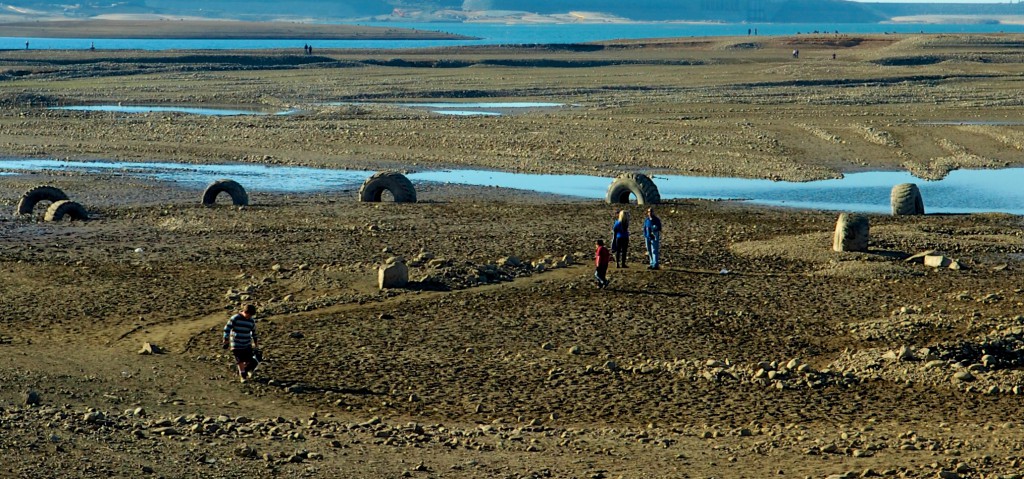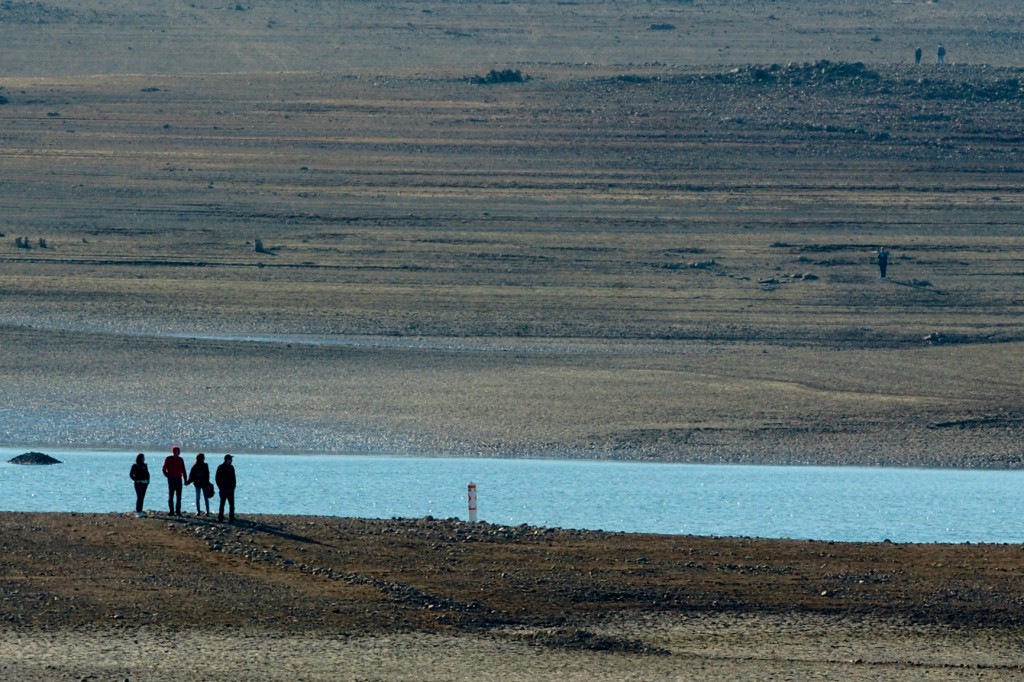
By the end of this week, water flows in the American River will be lower than anyone has seen in a generation. And soon, many residents of suburban Sacramento could be banned from watering their lawns.
Unusual winter drought conditions are driving Sacramento-area water agencies to make difficult choices. Starting today, the effects will be visible to anyone who walks, fishes or boats along the American River, one of the largest in California.
Early this morning, the U.S. Bureau of Reclamation was expected to cut water releases from Folsom Dam into the river from 1,100 cubic feet per second to 800 cfs. This will drop the river’s elevation within its bed by about 6 inches.
It won’t stop there. Each night this week until Friday, dam releases will be cut in stages until flows reach 500 cfs. At that point, it will likely be easy to walk across the river in many locations.
Such flows have not been seen in the American River since January 1993, according to Reclamation, which operates Folsom and Nimbus dams on the river. In comparison, the median January flow in the river over the past 15 years was about 1,700 cfs.
The reduction is intended to prolong the water supply stored behind Folsom Dam, a source of drinking water for some 500,000 people in the suburban Sacramento area. With no rain in the forecast, and the water level behind the dam shriveled to 18 percent of capacity after a dry start to winter, officials said dramatic conservation efforts are necessary.
Reclamation officials reached the decision on Friday after meeting with area water providers and wildlife agencies.
“The watershed is so dry right now, there’s such limited snowpack and the lake is already so low that we’re trying to look ahead and be conservative,” said Shana Kaplan, a Reclamation spokeswoman. “I think everybody’s trying to be as proactive as we can.”
Dropping the river so low will be deadly to some fall-run Chinook salmon eggs now waiting to hatch from nests, or redds, in the gravel riverbed. Tom Gohring, executive director of the Sacramento Water Forum, said flows of only 500 cfs could mean that 10 to 15 percent of the redds in the river will be lost because they will go dry as the river drops.

